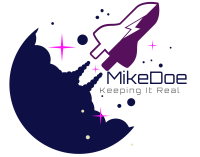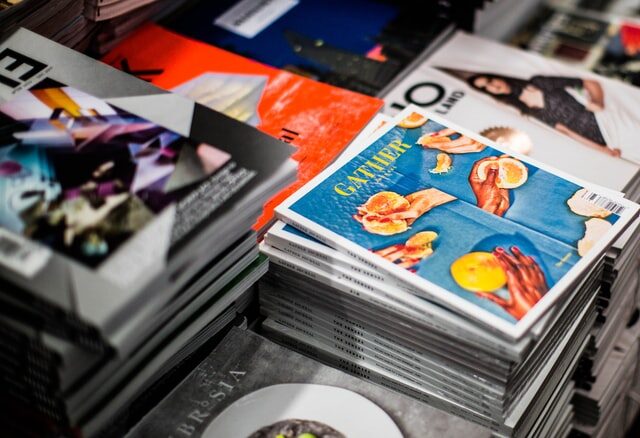Once you know what type of materials you want to use in your product packaging, you will need to decide how you want that package to look. This means the shape of the material, and it also means the type of printing used in labels. Buying the right press for your company means making an investment that will last you for decades, so it is important to know the differences between flexography and lithography in terms of equipment, printing styles, and packaging materials.
Flexography
In flexography or flexo, flexible relief plates are used for printing in bulk. This process transfers ink from the tray onto the relief plates using anilox rollers, which have metal cores covered in a ceramic service pitted with cells to hold the ink. Accessories such as doctor blades and end seals for flexo printing help keep the ink where you want it to be and reduce both the mess and waste of the process. Your substrate, or printing surface, will run between the imprinted roller and a pressure roller in a continuous line which can be cut to size later in the process. Flexo is suitable for bulk printing which does not need detailed coloring, and can use either oil or water-based inks on non-absorbent material. The more colors your packaging requires, the more steps flexography will have and the more expensive it will be.
Lithography
Lithography uses metal plates to stamp images onto rubber mats. Those mats are then stamped onto the substrate. You can either print directly onto your packaging or onto paper which is then laminated to the package surface. Because you stamp a mat or blanket before the actual substrate, you can apply multiple colors at a time for a more vibrant look, giving you a better image quality for a lower cost than other printing types. Lithography can only be used on flat surfaces, however, and the startup and maintenance costs are relatively high.
Choosing the suitable printing methods for your packaging will make a difference between getting the look you want for a price you can afford or settling for the designs your setup can produce within your timeframe and budget limits. If your packaging design has full-color photography with intricate details, then lithography is probably your best bet for printing. However, if you are looking for bulk prints with bright, solid colors in minimalistic designs, flexography can get you there faster.

